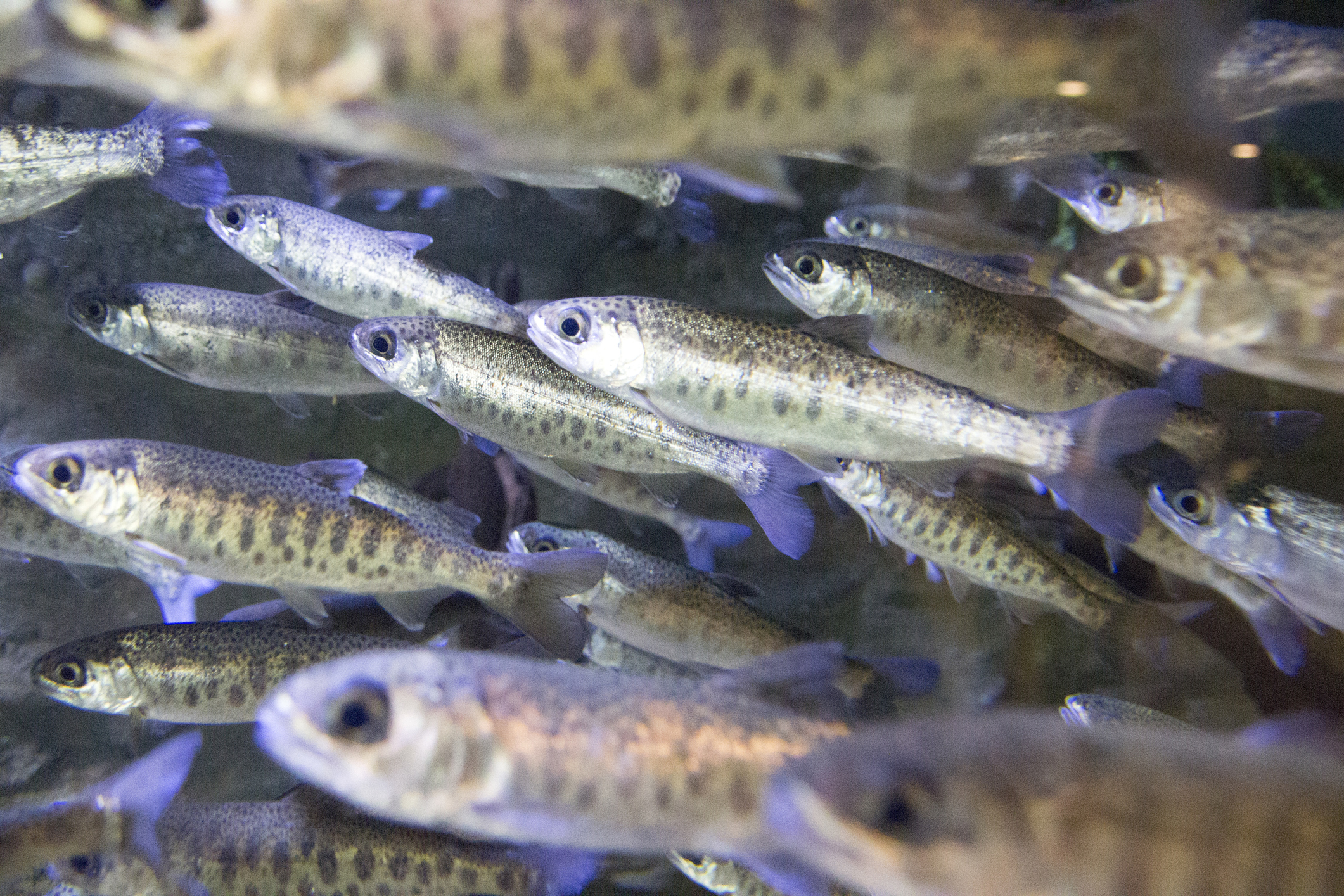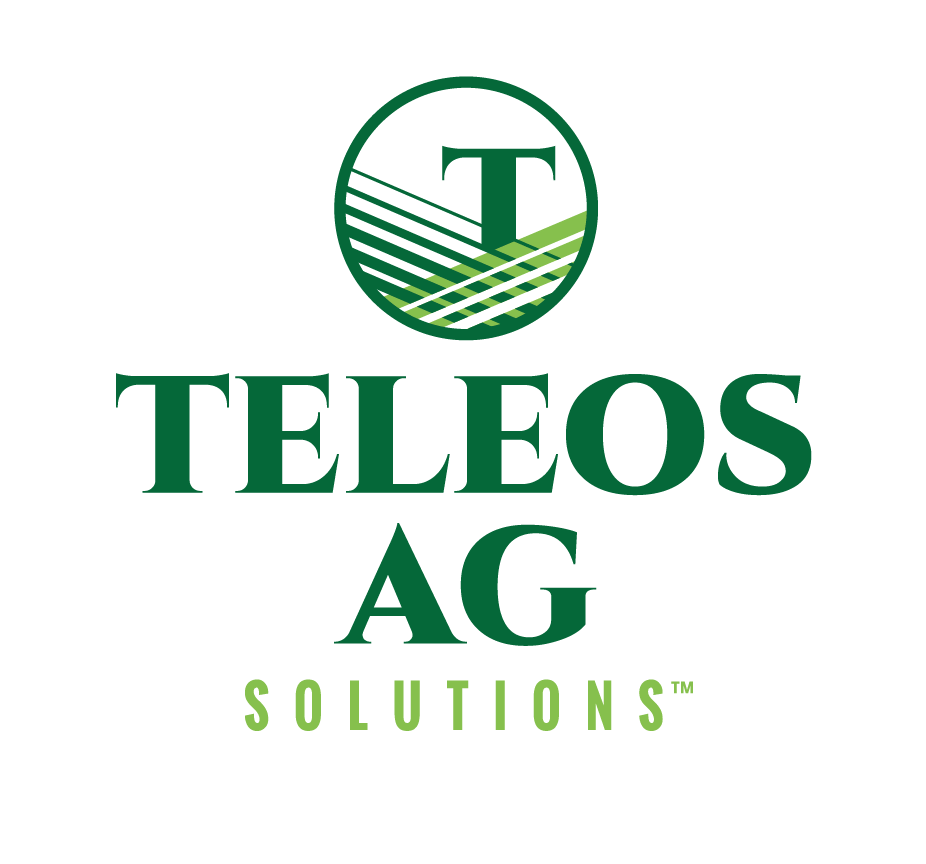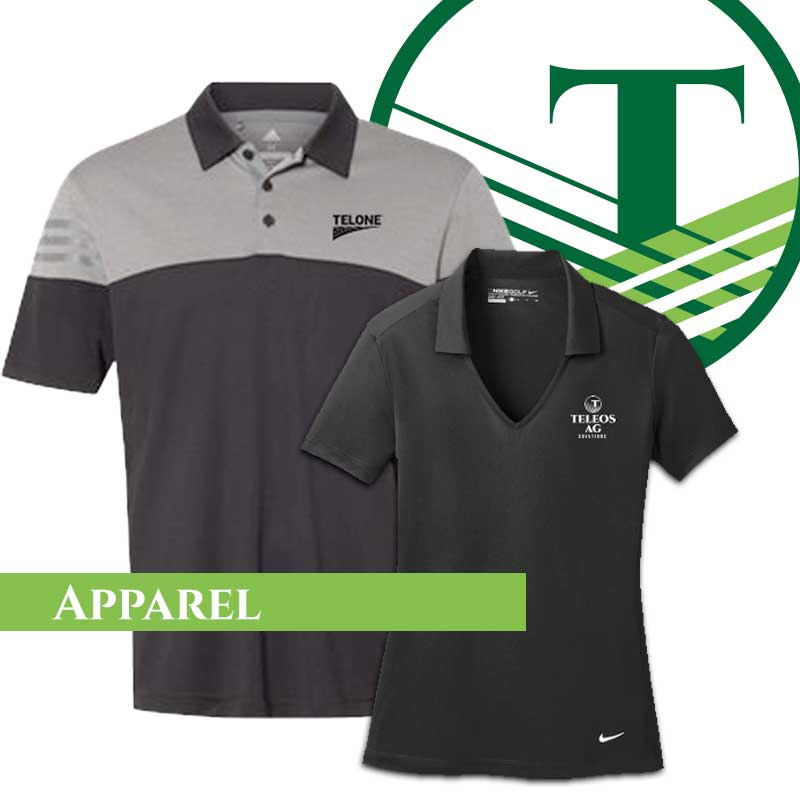WHAT IS THE ENDANGERED SPECIES ACT?
The Endangered Species Act (ESA) is a comprehensive law that aims to prevent the extinction of species by identifying and protecting their habitats while also facilitating their recovery. Under the ESA, species can be listed as either endangered or threatened based on their risk of extinction. Once listed, various protections and conservation measures are enacted to ensure their survival and eventual recovery.
Recognizing the potential harm posed by pesticides, regulatory agencies such as the Environmental Protection Agency (EPA), work to mitigate risks to endangered species. The ESA requires federal agencies to consult with the U.S. Fish and Wildlife Service (USFWS) and the National Marine Fisheries Service (NMFS) to ensure that actions, including pesticide use, do not jeopardize the existence of listed species. Through collaborative efforts, stakeholders aim to strike a balance between agricultural needs and conservation imperatives.
The Endangered Species Act (ESA) underscores the importance of environmental stewardship and responsible pesticide management, like TELONE™. While TELONE™is a valuable tool in agriculture for controlling pests, it is subject to regulatory scrutiny under the ESA. However, responsible use can coexist with conservation efforts.
In cases where TELONE™ or similar pesticides are found to pose risks to listed species or their habitats, regulatory agencies may impose restrictions or mitigation measures to minimize harm. These measures could include buffer zones around sensitive habitats, timing restrictions on application to avoid sensitive periods for wildlife, or requirements for monitoring and reporting adverse effects.
By embracing the principles of stewardship and sustainability, we can build a healthy future, for generations. The remainder of this blog post will cover the ESA in more detail, as well as what steps can be taken to be in compliance when applying TELONE™.
Let’s dive in!
PROTECTING OUR RESOURCES
The Endangered Species Act (ESA) is a crucial tool for protecting endangered species and their habitats. It helps ensure these species’ survival for future generations by guiding conservation efforts based on sound scientific research and proactive measures.
Navigating the Endangered Species Act (ESA) and responsible pesticide management exemplify our commitment to fostering a world where humans and wildlife thrive in harmony, embodying the shared vision of growers, conservationists, policymakers, and communities alike. Teleos has created this helpful guide to assist in understanding how these regulations impact your TELONE™ application.
Teleos has created this helpful guide to assist in understanding how these regulations impact your TELONE™ application.
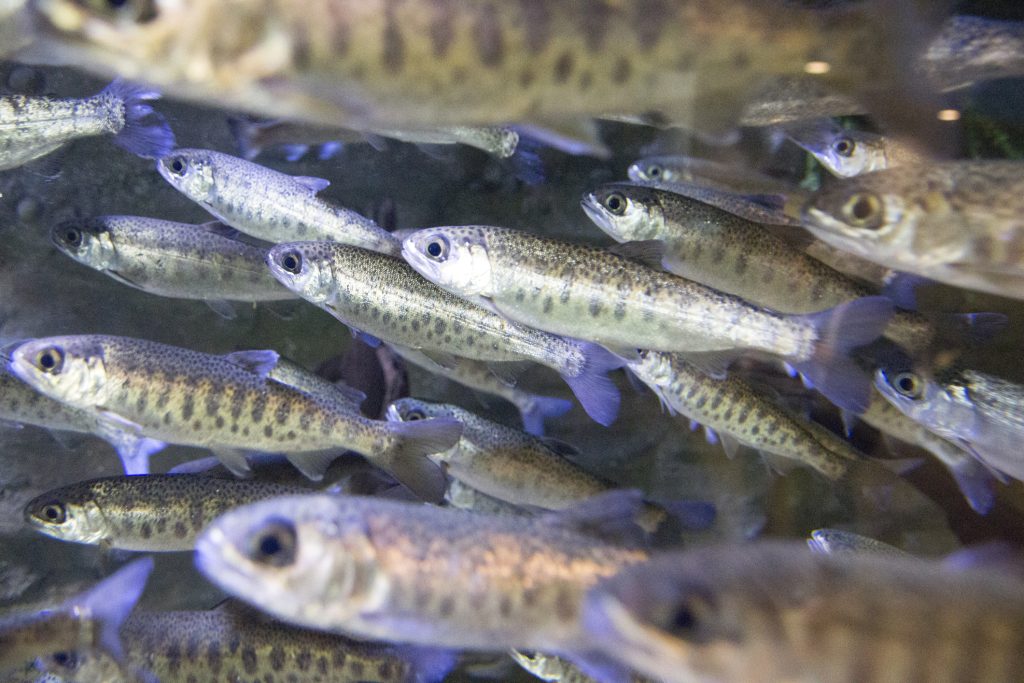
UNDERSTANDING TELONE™ LABEL CHANGES UNDER THE ENDANGERED SPECIES ACT
All products containing 1,3-dichloropropene (1,3-D)—the active ingredient in TELONE™—will now carry use requirements under the Endangered Species Act. This language was added due to Pacific salmonids listed as Threatened or Endangered under the ESA, along with the designated critical habitats of these salmonids. These include chinook, chum, coho, pink, and sockeye salmon, as well as sea-run cutthroat and steelhead trout.
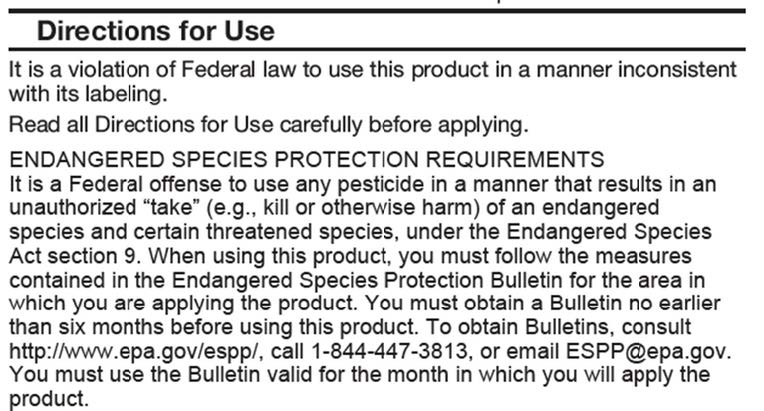
WHO IS AFFECTED
At the time of this publication, only Washington, Oregon, Idaho, and California applicators will need to use the EPA’s Bulletins Live! Two tool to verify the application will not affect salmonid habitats. Consult your TELONE™ Specialist if you need assistance determining ESA compliance.
USING EPA’S BULLETINS LIVE! TWO TOOL
- If you determine your application is in one of the four states listed above, then visit the EPA’s Bulletins Live! Two website at https://www.epa.gov/endangered-species/bulletins-live-two-view-bulletins
- Enter your application location, date of application and EPA registration number; for TELONE™ II use EPA registration #95290-1
- If the application area is within a protected area, limitations will appear. Reviewing these limitations will give you details about completing the applications.
LIMITATIONS TO PROTECTED AREAS
“When applying 1,3-D products within 30 meters (98 feet) of salmonid habitat (surface waters accessible to salmon, including, but not limited to lakes, reservoirs, rivers, streams, inundated floodplains, wetlands or natural ponds, estuaries and marine near-shore areas): Do not apply this product when soil is saturated, or when a storm event likely to produce runoff from the treated area is forecasted (by NOAA/National Weather Service, or other similar forecasting service) to occur within 48 hours following application.”
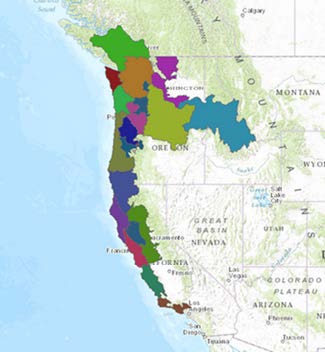
When 1,3-D (i.e. TELONE™) is co-applied with chloropicrin, AND chloropicrin application rates exceed 145 lbs of chloropicrin a.i./acre, implement one of the following additional measures:
- Presence and maintenance of riparian plantings (e.g., hedgerows) or functional riparian system.
- Vegetative filter strip ≥5 m (16 ft) wide.
- Vegetated ditches.
- Run-off retention pond.
- Deep application – injection of the fumigant at a depth ≥18 inches below the soil surface (no tarp).
- Low permeability (high barrier) tarp (see EPA’s fumigant tarp website) (broadcast tarp and drip)
- Installed immediately (≤30 minutes) after application.
- Tarp must be left intact (unperforated) for a minimum of 5 days.
- Tarp removal must not begin until at least 2 hours after tarp perforation is complete.
- Planting or transplanting must not begin until at least 48 hours after the tarp perforation is complete.
- Minimum distance from injection point to soil/air interface of 8 inches.
- Participation in recognized stewardship program.
To download a copy of this information in a PDF format, click here. View the rest of the TELONE™ Tip Sheets on our Stewardship page.
Disclaimer:
The resources and information provided are meant purely for educational discussion, contains only general information about legal matters, and is not to be construed as advice. Please note that any information or resources provided are not legal or regulatory advice, and should not be treated as such. You must not rely on the information provided as an alternative to legal advice from your attorney or other professional services. Teleos Ag encourages readers to consult with counsel, and their local, county, and state regulators. We make no representations or warranties, express or implied, in relation to the information provided through our resources and blog posts. It is the readers responsibility to know the laws related to 1,3- D, appropriate PPE, Licensing, etc., in his or her City, County, State, and Country.
- EQUIPMENT COMPATIBILITY: METAL SELECTION FOR TELONE™ by TELEOS SOIL FUMIGANT - December 16, 2025
- STORAGE SECURITY FOR TELONE™ by TELEOS - October 16, 2025
- TIP SHEET: PLACARDING FOR BULK SHIPMENT RETURNS - August 15, 2025
